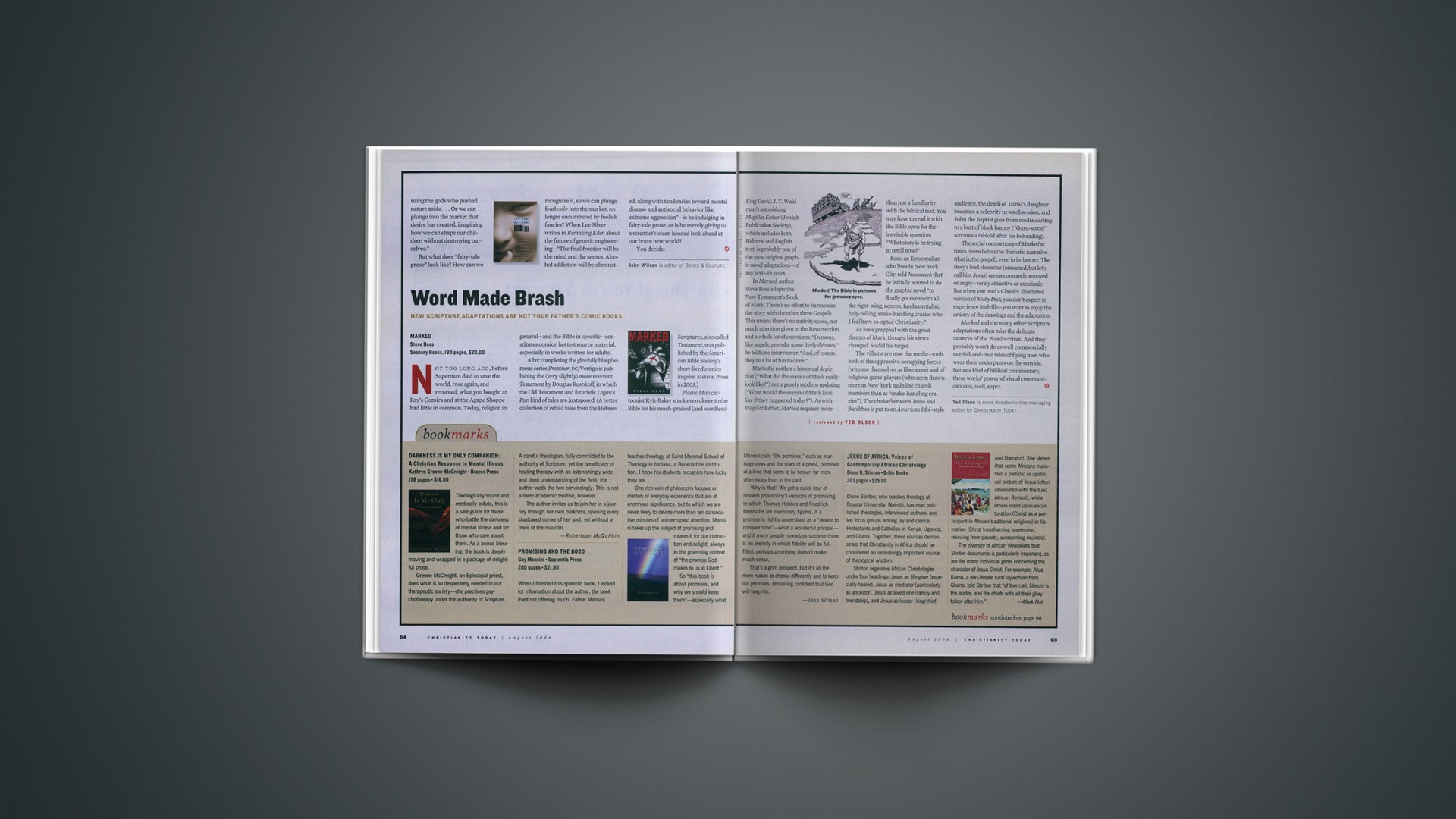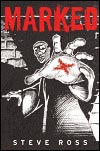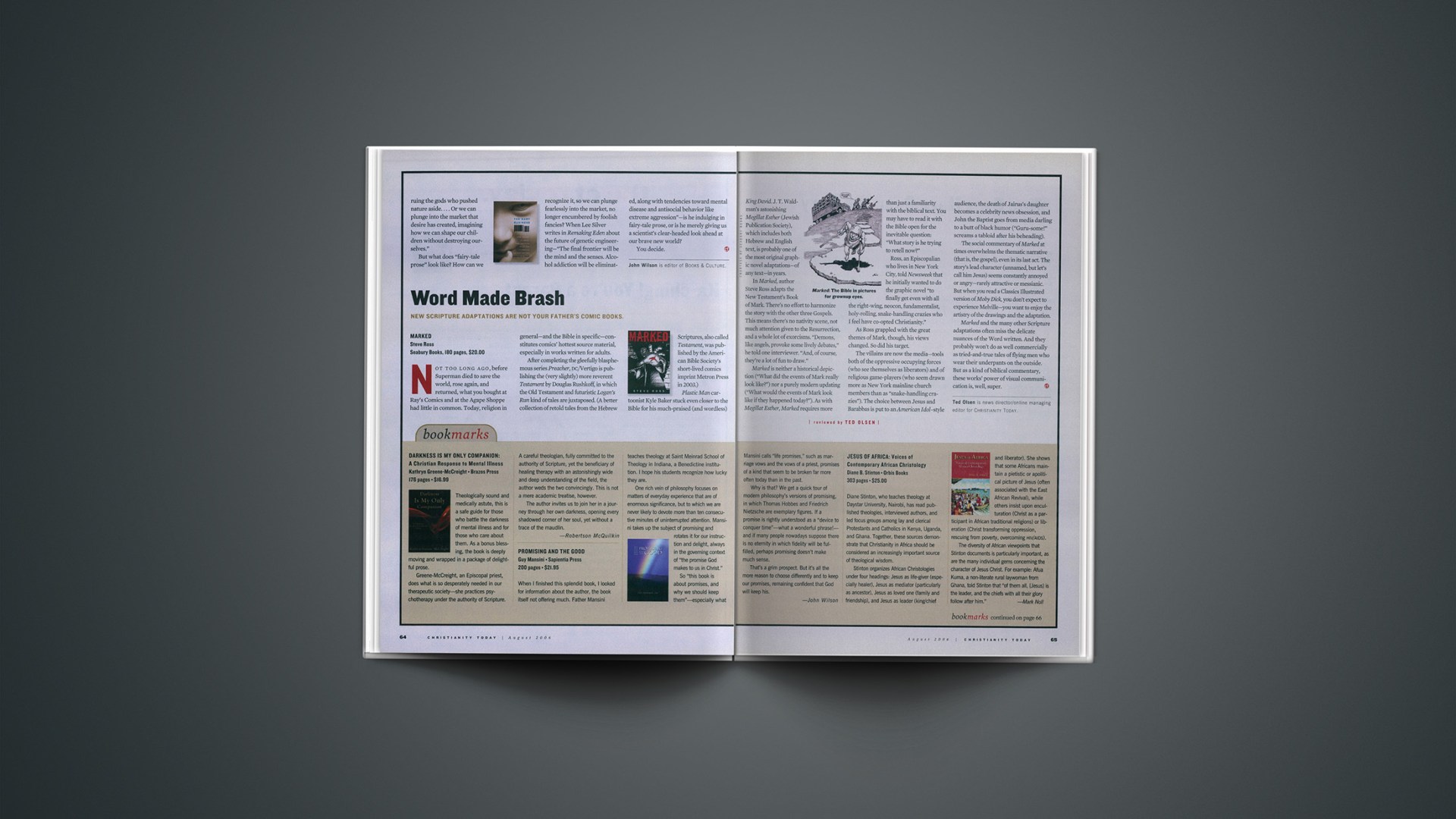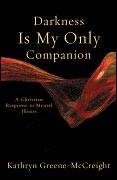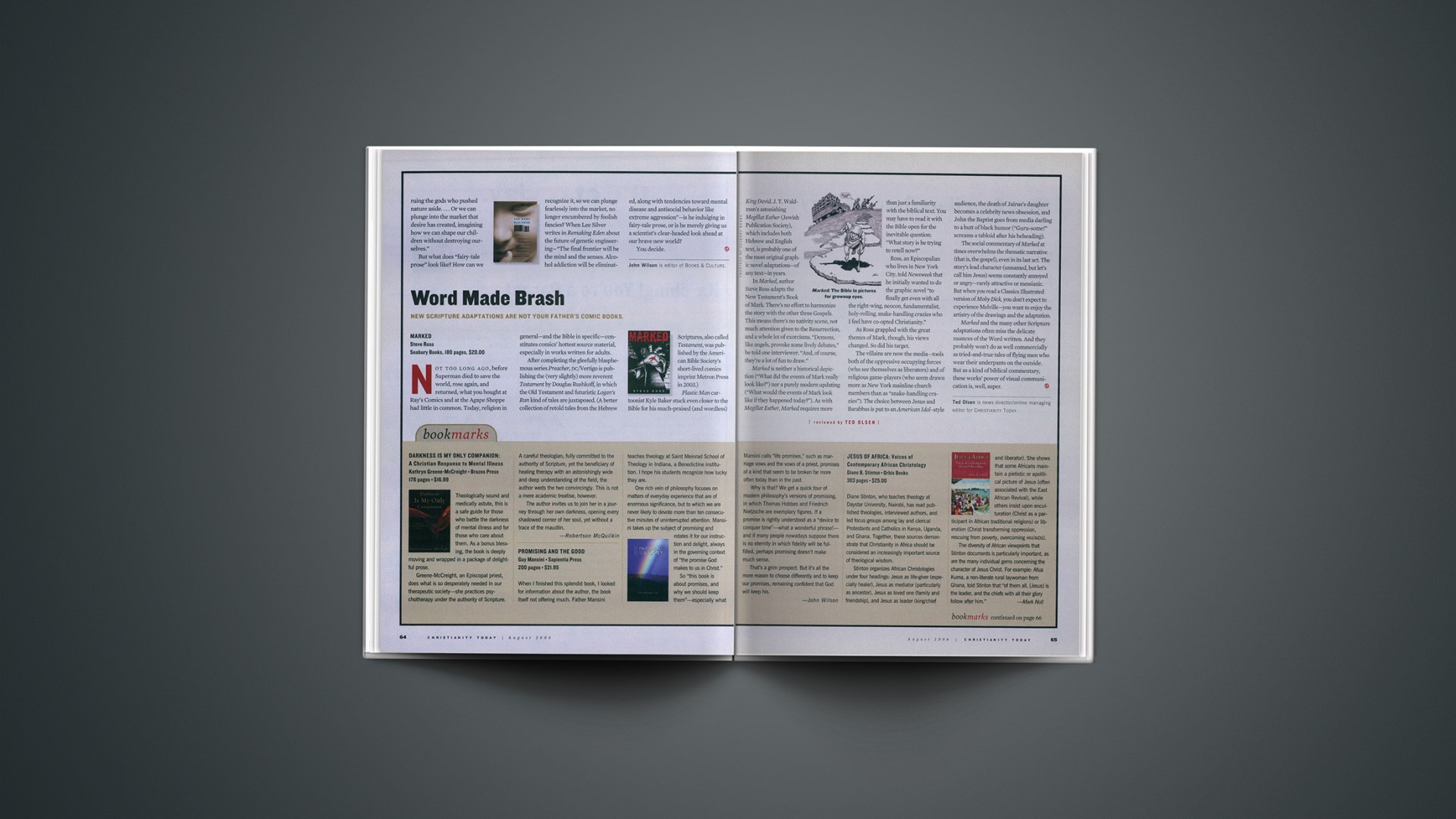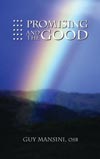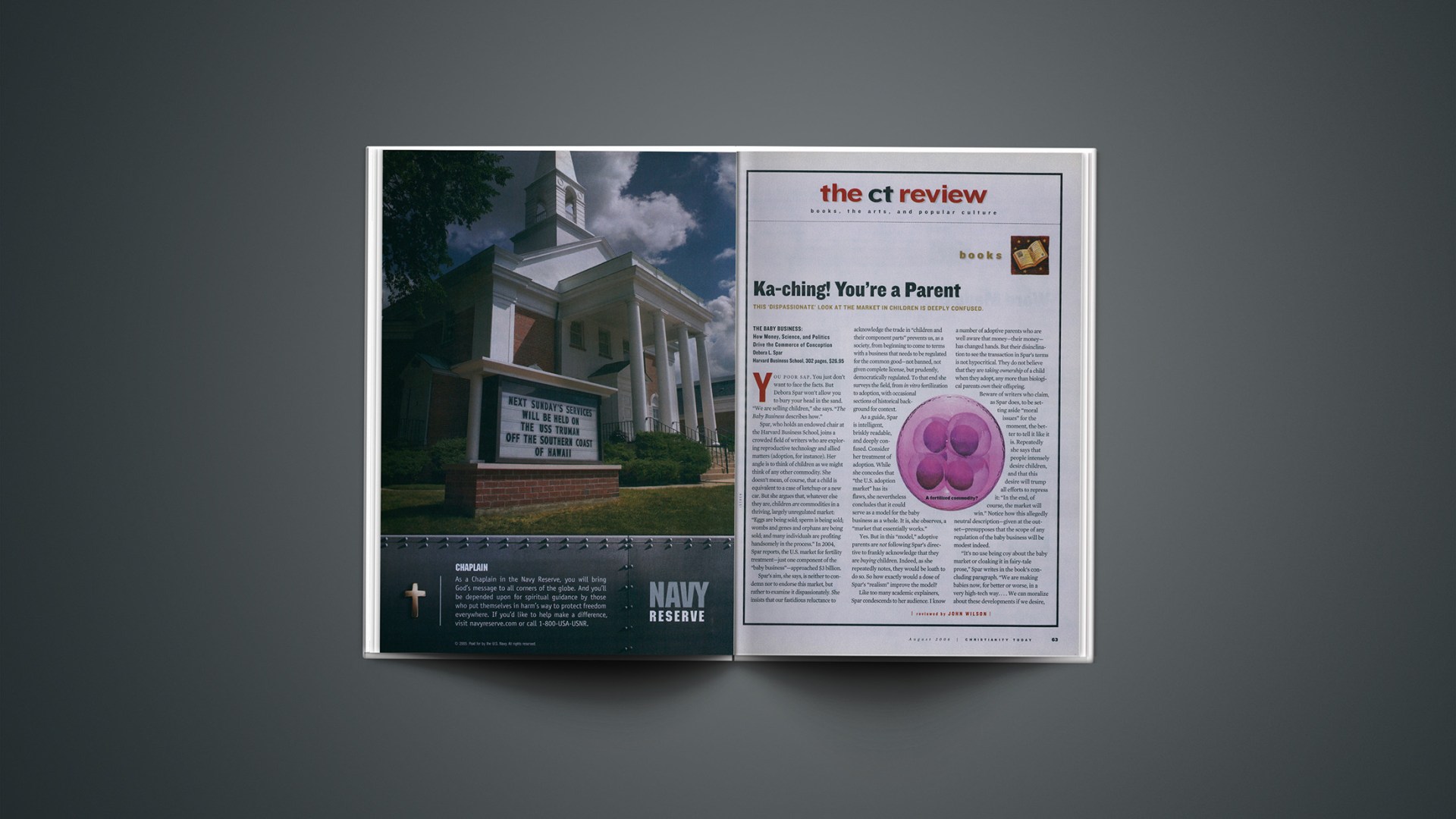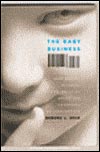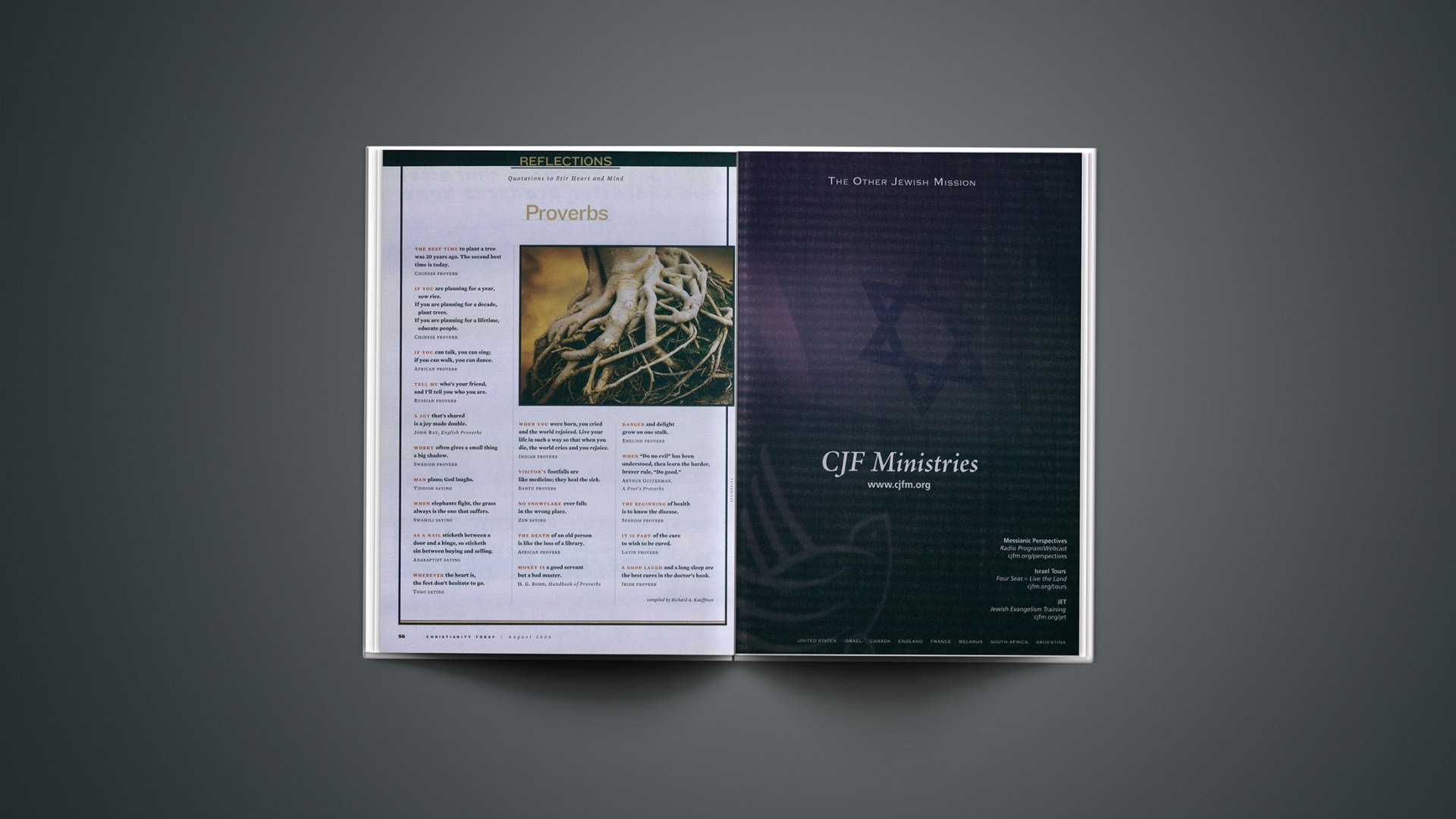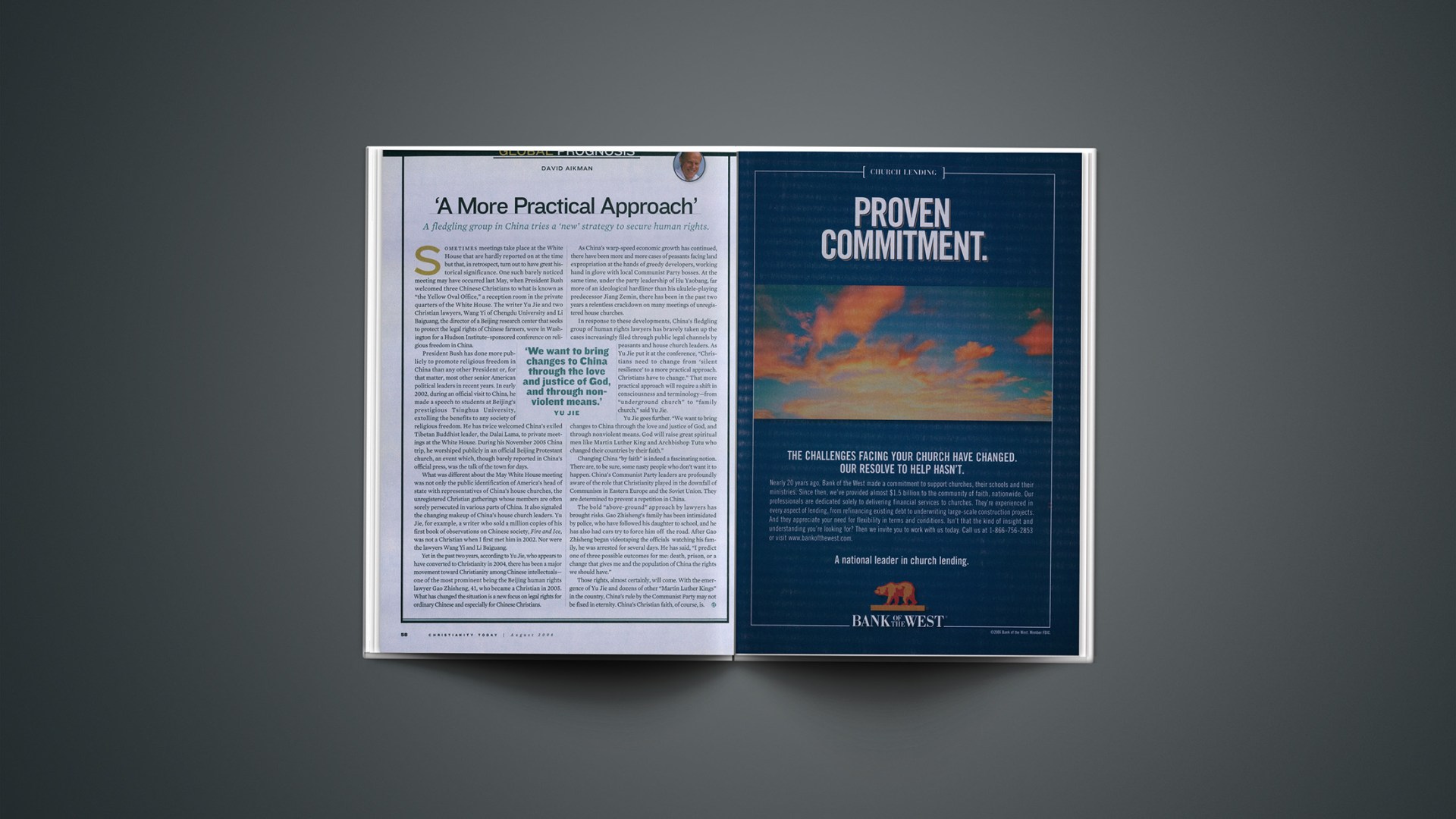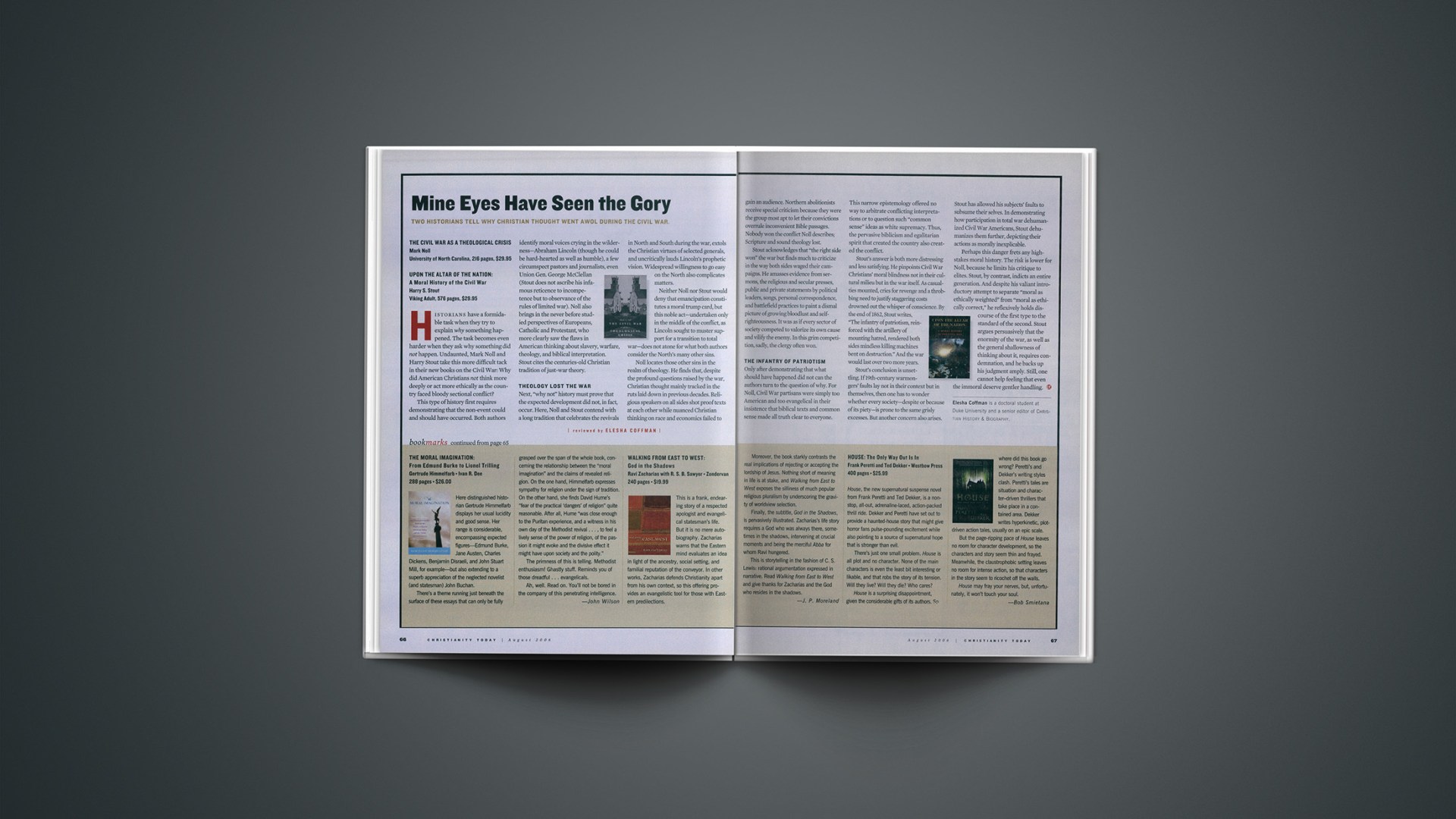When someone asked the author of this issue’s cover story why she had so many kids, she immediately said, “When we sit around the table and hold hands to give thanks for our food, I like it that the table is big and the circle is wide”. Family dinner is an apt image for what is best in families. As Nancy Gibbs put it in Time, “This is where the tribe comes to transmit wisdom, embed expectations, confess, conspire, forgive, repair. The idealized version is as close to a regular worship service, with its litanies and lessons and blessings, as a family gets outside a sanctuary.”
Turn the clock back 37 years. CT deputy managing editor Timothy Morgan was 14, and the youngest of seven Morgan siblings was newly born. Tim’s parents desperately needed a new dining table. Tim’s dad sought out a Minnesota-based furniture maker and commissioned a seven-foot diameter custom dining table that would seat 12 adults or 14 children. The table had a 34-inch lazy Susan which Tim and his brothers discovered could easily handle a spinning sibling of up to 60 pounds.
Tim and his wife, Senja, now have three kids of their own—and love them to pieces. That’s a pretty characteristic attitude among the CT staff. If we were being ideological, I’d say we’re a “pro-natalist” group. But it’s not about ideology.
Senior associate editor Agnieszka Tennant (not yet a parent) remembers the way CT folk helped her form her positive attitudes toward childbearing and child-rearing. Several things “tugged at her heart,” including overhearing a choked-up John Wilson (editor of Books & Culture) say with deep emotion, “I just don’t know why so few people want to love children these days.”
The theme of parental sacrifice runs like a scarlet thread through CT staff. Madison Trammel remembers his mother sacrificing her own work and his father working a very early shift so that they could spend more time with their children. Stan Guthrie says he and his wife, Christine, saved most of her early paychecks so that she could devote the bulk of her time to children once they were born. At first, Rob Moll romanticized the “countercultural” nature of the sacrifice as he and Clarissa shared a one-bedroom apartment with their daughter, Fiona. But it soon proved unromantic, and they sprang for bigger living quarters.
Ted Olsen is the newest parent on the CT team. (Alexis gave birth to Leif on June 5.) When asked about children, Ted sounds the most ideological of our team. “The anti-natalist thing is all about control,” he says. People who promote small families are into controlling world population or resources or careers or personal finances. But pro-natalism is about trust.
That theme emerged in several conversations, but Ted’s case wasn’t just about finances or an uncertain future. “After we experienced a miscarriage, it was hard to learn to trust God again,” he says. But during a relaxation class, he coached his wife to relax her arms, relax her neck, relax her back. And then, as a joke, “relax your baby.” Then it hit them. Not in the womb. Not later. We can’t relax him; we can’t control him. He’s an independent being. And that calls for trust.
Or as Stan Guthrie says about parenting, “It’s a walk of faith, the whole way through. We really hold onto the verse that says, ‘Love covers a multitude of sins.'” And I thank God that I have a staff that loves to love children.
Copyright © 2006 Christianity Today. Click for reprint information.
Related Elsewhere:
Also posted today is
The Case for Kids | A defense of the large family by a ‘six-time breeder.’
Sidebar
A Counter Trend—Sort Of | Large families are a small but growing minority.
More Christianity Today coverage of large families includes:
Editorial
Fill an Empty Cradle | Falling birthrates demand new priorities for families. (Nov. 1, 2004)
Make Love and Babies | The contraceptive mentality says children are something to be avoided. We’re not buying it. (Nov. 9, 2001)
‘Be Fruitful and Multiply’ | Is this a command, or a blessing? (Nov. 9, 2001)



